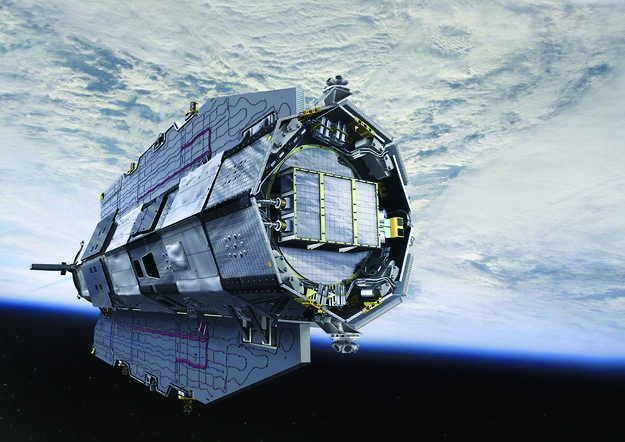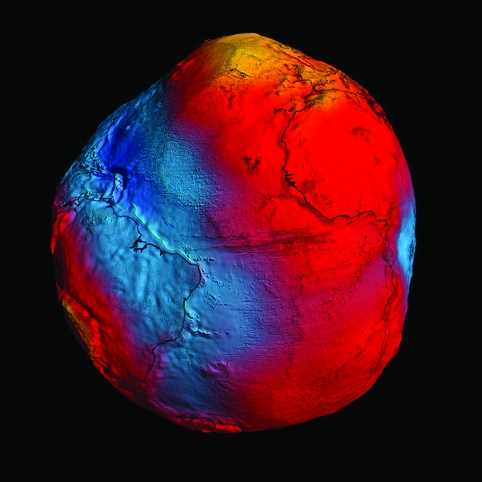The 'Ferrari of space' succumbs to gravity
A European satellite that helped scientists better understand the circulation of the Earth’s oceans - and looked good doing it - has disintegrated after re-entering the atmosphere.

The full name of the European Space Agency’s (ESA) GOCE was Gravity Field and Steady-State Ocean Circulation Explorer satellite, but it became better known as the ‘Ferrari of space’ for the duration of its four and a half year mission due to its sleek design.
Launched in March 2009 to map variations in the Earth’s gravitational field, GOCE has captured the most detailed image of the “Geoid” - a hypothetical global ocean at rest - ever produced. The map is being used by scientists to help understand ocean circulation, sea level, ice dynamics and the Earth’s interior.

The mission reached a natural end on 21 October 2013 when it ran out of fuel. Over the past three weeks the satellite gradually descended.
Throughout its mission, the satellite’s innovative ion engine enabled it to skim the edge of the Earth’s atmosphere at an orbit of just under 260km where it could detect the strongest possible gravity field signal. The measurements taken by the satellite have also provided new insight into air density and wind speeds in the upper atmosphere.
Register now to continue reading
Thanks for visiting The Engineer. You’ve now reached your monthly limit of news stories. Register for free to unlock unlimited access to all of our news coverage, as well as premium content including opinion, in-depth features and special reports.
Benefits of registering
-
In-depth insights and coverage of key emerging trends
-
Unrestricted access to special reports throughout the year
-
Daily technology news delivered straight to your inbox











UK Enters ‘Golden Age of Nuclear’
The delay (nearly 8 years) in getting approval for the Rolls-Royce SMR is most worrying. Signifies a torpid and expensive system that is quite onerous...